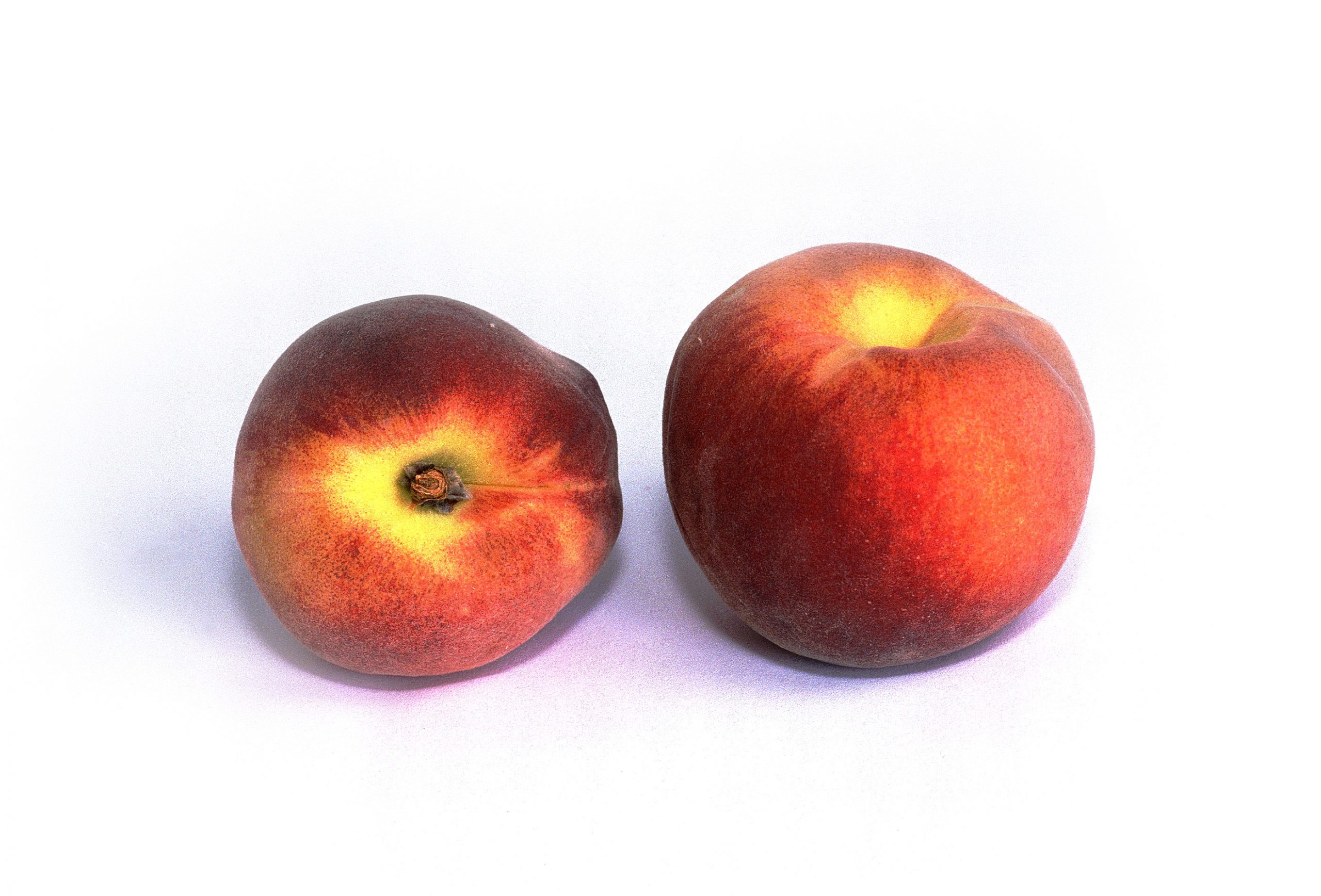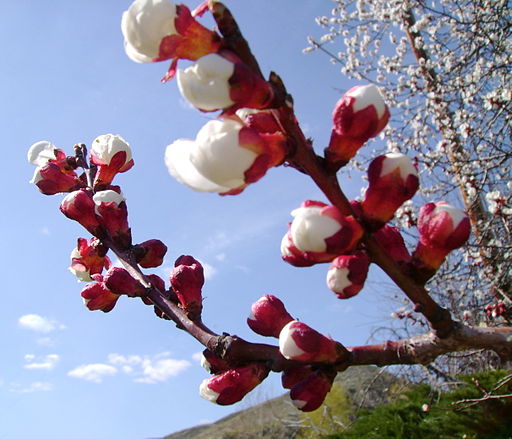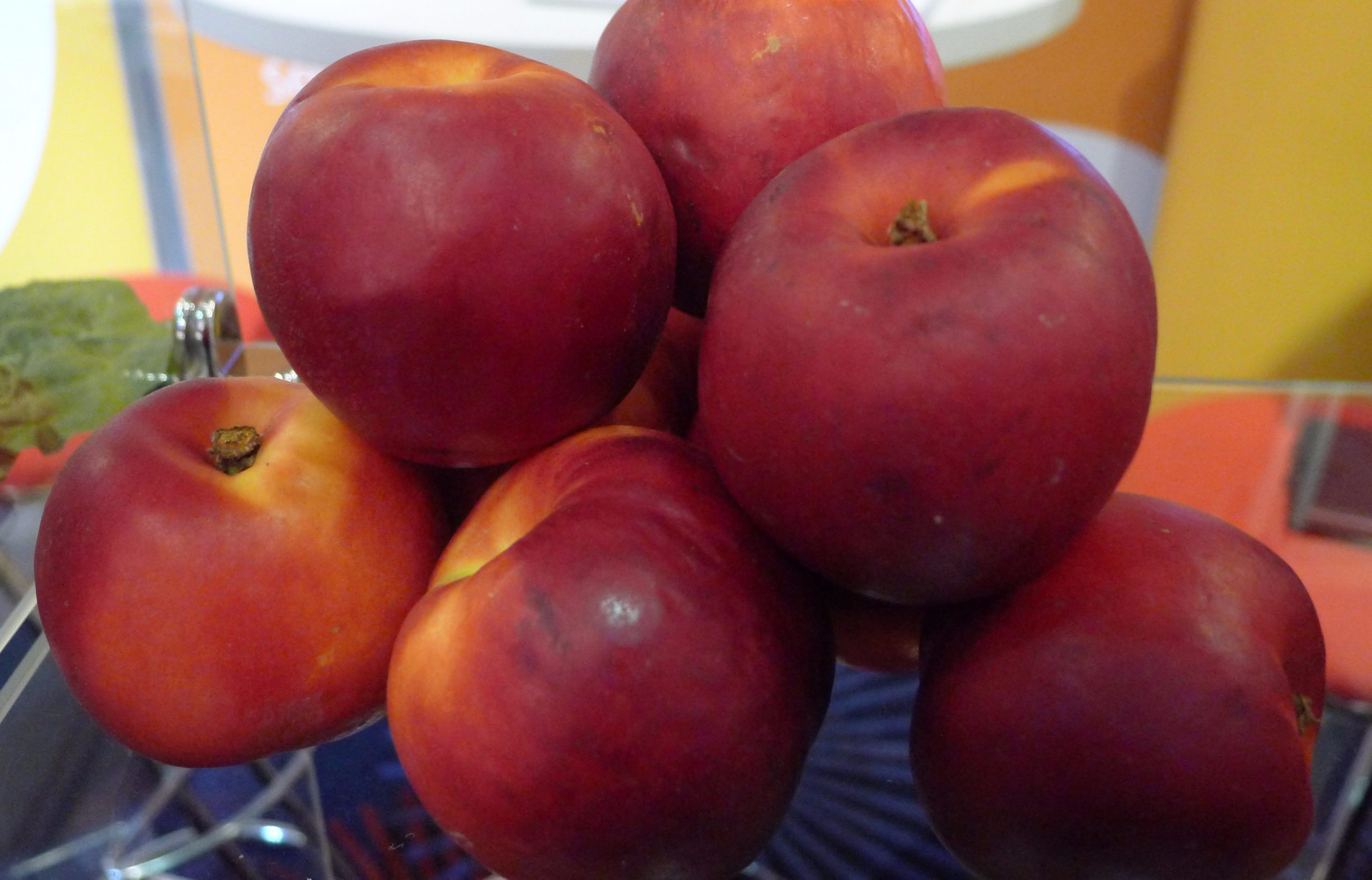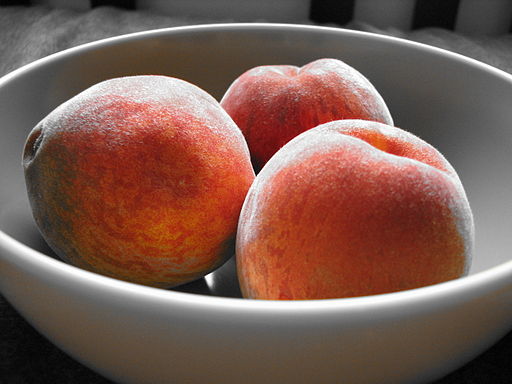
Peach and nectarine production in the 2015/16 marketing year (June-May) is forecast to inch up 2.2% in Italy, the largest peach and nectarine producer in the EU-28 and second in the world after China, reports the USDA’s Global Agricultural Information Service (GAIN) in its recent Italy stone fruit annual.
Stone fruit production has a big role in agriculture in several Italian regions, both in the north (especially Emilia-Romagna and Piedmont) and the south (Campania). The bulk of the Italian harvest occurs in June and July, according to GAIN.
- In 2015/16, peach production is forecast at 579,000 tons (555,237 tons in MY2014/15).
- Nectarine production is forecast at 760,000 tons (765,064 tons in MY2014/15).
- The cling peach harvest is likely to reach 74,000 tons (61,836 tons in MY2014/15). Fruit quality is forecast to be good.

Italy’s stone fruit exports
- Italy is also major peach and nectarine exporter, mainly within the EU-28.
- In 2014, it exported 298,442 tons of peaches and nectarines, 19% less than 2013.
- Lower volumes were exported to Germany (- 12%), the top export destination, representing 44% of total exports.
Italy’s stone fruit imports
- Italy imported 75,213 tons of peaches and nectarines in 2014, a surge of 25.8% on 2013.
- This growth was driven by increased volumes from its main supplier, Spain (+31%).
Italy’s stone fruit consumption
- Most Italian peaches and nectarines are consumed fresh.
- While Italian consumers generally prefer large, sweet, and pulpy fruits, Northern European markets prefer smaller, slightly sour, and crunchy fruits.
Read more here.





